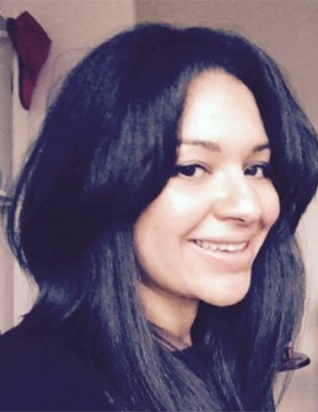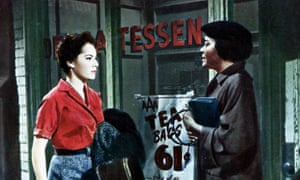Race, Gender, and Sexuality in Nella Larsen’s Passing: An Exploration of Performed IdentityPosted in Articles, Literary/Artistic Criticism, Media Archive, Papers/Presentations, United States on 2019-10-24 16:38Z by Steven |
Race, Gender, and Sexuality in Nella Larsen’s Passing: An Exploration of Performed Identity
President’s Writing Awards (2019)
Boise State University, Boise, Idaho
2019
Aly Sebright
Currently in its 37th year, the President’s Writing Awards contest honors undergraduate writing at Boise State.
My name is Alyson Sebright. I was born in Boise and grew up in Nampa, where I still reside. I’m currently a Junior majoring in English with an emphasis in Literature here at Boise State, with plans to study abroad in Stirling, Scotland this coming Fall of 2019. I chose to study literature because of my deep passion for storytelling, not only in telling my own stories but better understanding those of others. I believe wholeheartedly that sharing stories can change the world and for that reason I study literature with the intention of one day working in the publishing field as a developmental fiction editor. After graduation I am planning to pursue a graduate degree, either through a Fulbright program or a graduate school here in the States. When I’m not studying, I can usually be found loitering around the Writing Center with my coworkers, doing photography around town, or working on my latest creative writing project.
Nella Larsen’s novel, Passing, centers around the experience of two biracial women whose identities are primarily performative as they navigate life with the privilege of “passing” as White. Through this narrative, Larsen suggests that both racial and gender/sexual identities are as largely performative as they are inherent. Passing explores the ideas of both these identities as they exist in a world where passing is possible. Larsen calls into question the very nature of such concepts and their intersections: how identity shapes the experiences of individuals, and how those individuals shape those identities in turn.
The novel evaluates racial identity in several ways, but centers upon the socially-enforced performative nature of biracialism. In one of the opening scenes, Irene is waited upon in a rooftop cafe where she is passing as White in order to exist within the space and receive the service she desires. Larsen explains of Irene: “Never, when she was alone, had they [White people] even remotely seemed to suspect that she was a Negro” (Larsen 8). This is one of the first moments in which the reader sees Irene engage in the activity of “passing”, and it emphasizes the nature of race as a performative identity in the case of “mulatto” or lighter skinned Black individuals, whose biracial identity is largely ignored, forcing such individuals to “choose” to perform one race or another. As one scholar explains: “the act of passing both subverts racial categories and reinforces them, employing the logic that people of mixed ancestry are ‘really’ black but pretend to be white” (Nisetich 350). In this moment, Irene’s choice to pass, while it does afford her the desired effect of being treated as a White citizen, necessitates her to temporarily deny her racial identity. This choice is inherently ironic, as Irene becomes obsessed with the idea of racial “loyalty” as the novel continues, in relation to her perceptions of Clare’s decision to pass as White…
Read the entire essay here.




